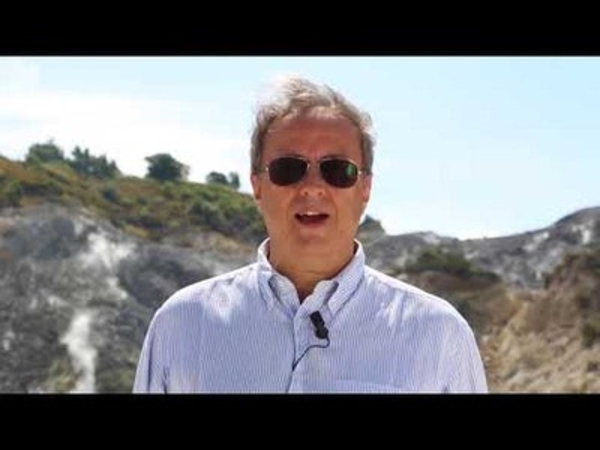Price:
8883 EUR
Contact
University of Naples Federico II
Description
The course introduces the basic theories and experimentalworkfocused on earthquake generation and seismic wave propagation. It centers on methods and technologies used to image the earthquakeas well as real-time simulations and mapping.
The course begins with a review of the theoretical models and observations related to earthquakes; introducing different scales of observation of seismic phenomena: the size of the source, the spatial extent of the monitoring networks, and the frequency/wavelength range of the seismic signals.
The “point-source” approximation of the earthquake source has long been used to characterize the faulting process. Here, it will be used to illustrate the concepts and estimation methods of location, magnitude, seismic moment, and focal mechanisms; all deriving from this simplified but effective representation of the seismic phenomenon.
Earthquakes are caused by fracture phenomena that develop on extended fault surfaces hidden in the fragile layers of the Earth. The observations and the dynamic/kinematic rupture models will illustrate the modalities of nucleation, propagation, and arrest of an earthquake rupture. These help seismologists simulate the propagation of seismic waves and precisely predict the strong ground shaking produced by potentially destructive events.
Finally, the course will provide an overview of the basics of real-time seismology - the new frontier of research in earthquake science.
Specific details
Category of Education
Physical Science







 How to resolve AdBlock issue?
How to resolve AdBlock issue? 


Comments (0)